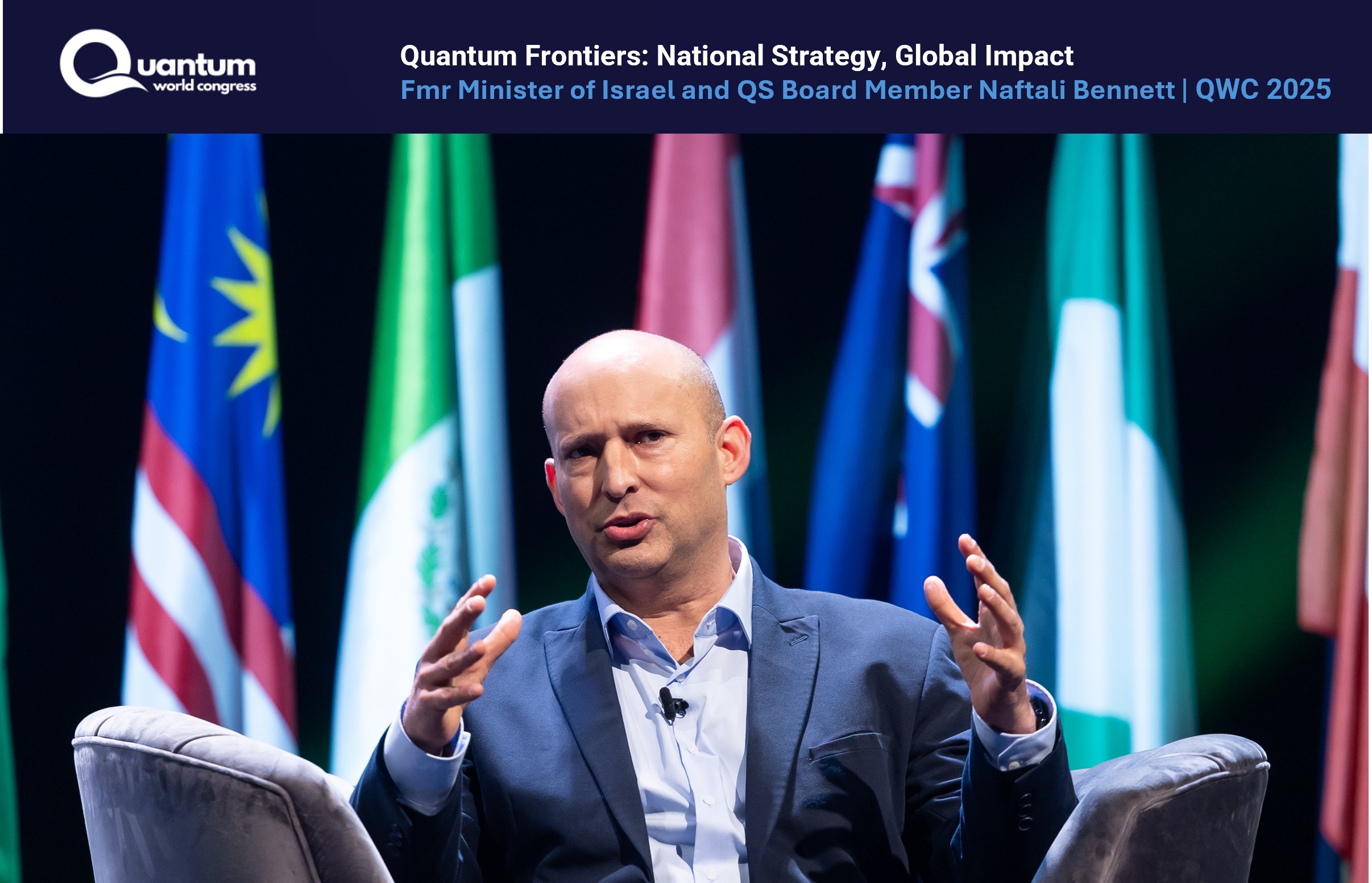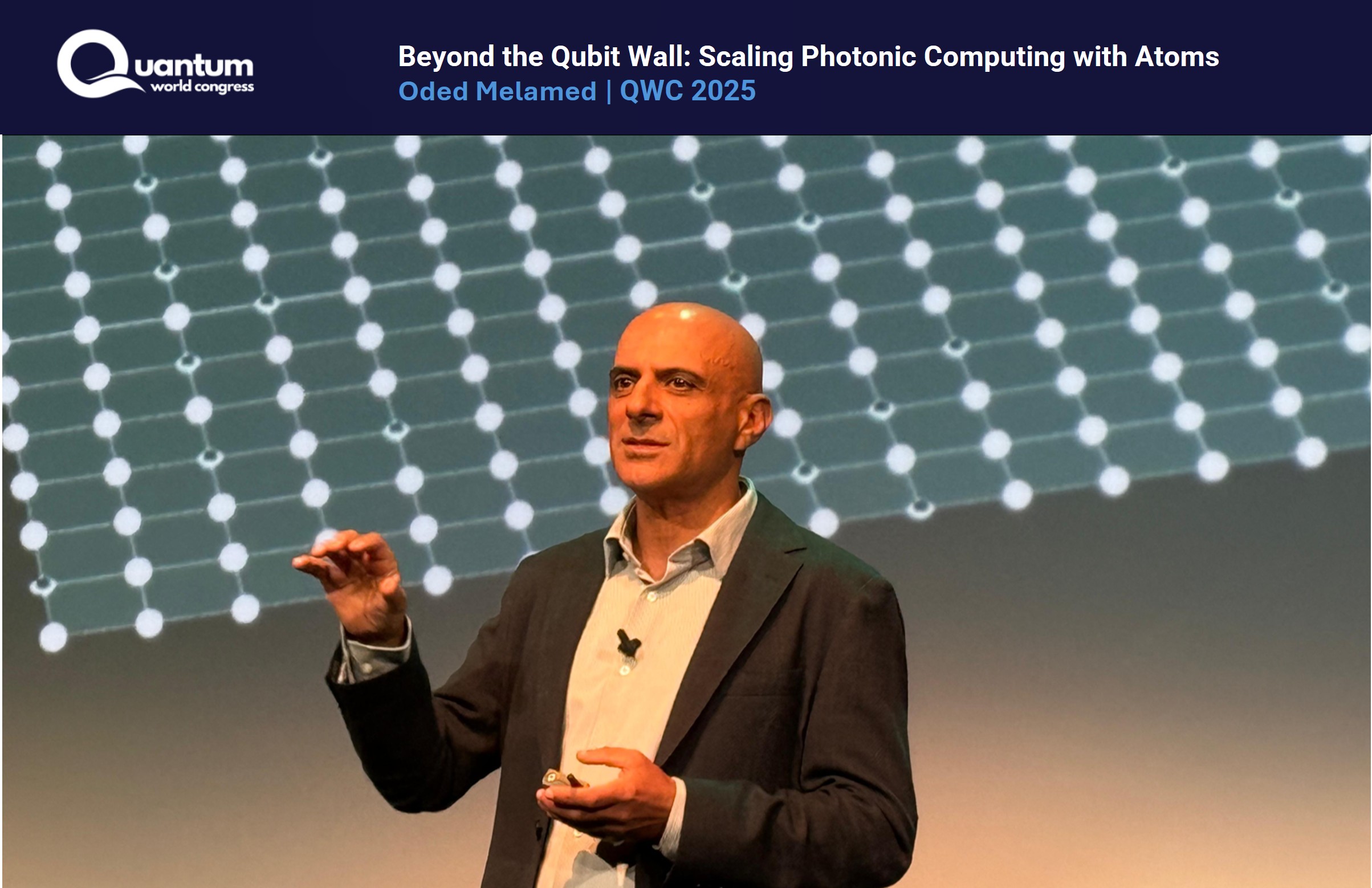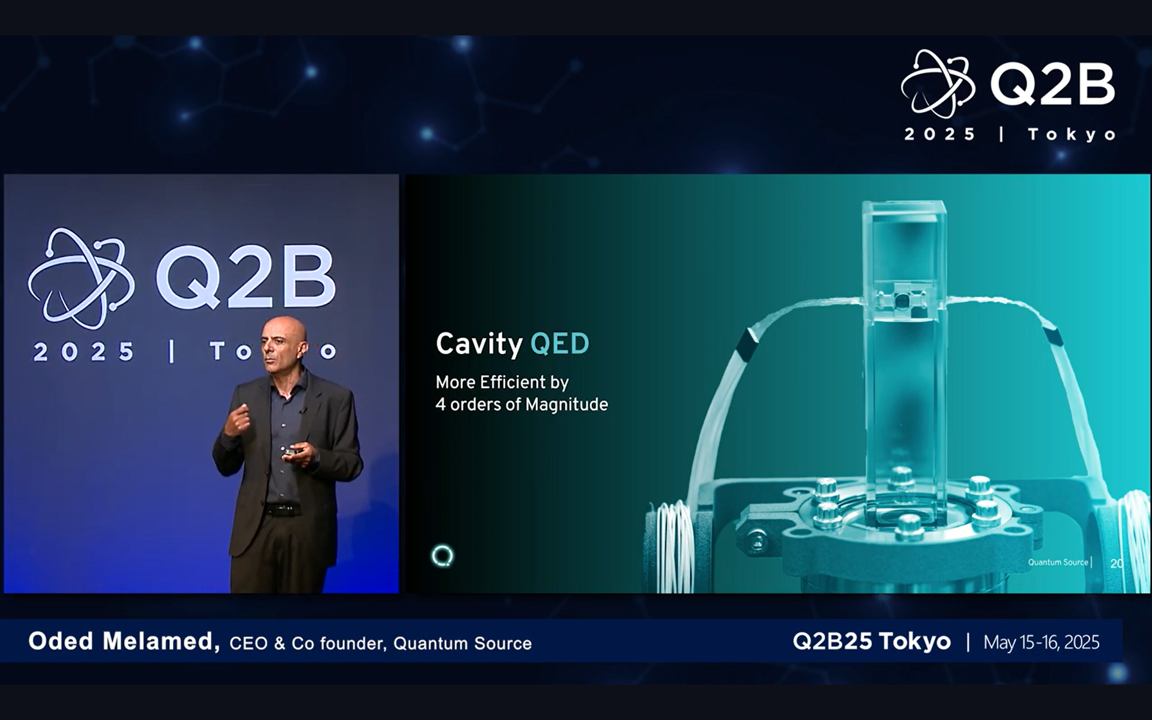
Quantum information processing with photonic and atomic qubits
The interaction between photonic and matter qubits represents an exciting and promising avenue for the development of quantum computers. Quantum computing harnesses the principles of quantum mechanics to process information in ways beyond the capacity of classical computers, offering the potential for exponential speedup in solving specific problems. Error correction poses a critical challenge in quantum computing because quantum bits(qubits) are inherently susceptible to environmental noise and other sources of interference. The interaction of photonic-matter qubit plays a crucial role in this endeavor, offering an advantage over “single species” qubits by harnessing the best of both worlds.
Photonic qubits are much less restricted by spatial considerations, enabling a remarkable level of long distance and non-trivial connectivity between qubits. However, photons have a short lifespan, primarily suiting them for measurement-based quantum computation. Yet, high loss rates due to interaction with practically anything will likely persist as a problem for photonic qubits in the foreseeable future.
Matter-based qubits bring stability to the table, manifested in long coherence times that make them good candidates for quantum memories. Combining the two types of qubits in a dual architecture that allows for both high connectivity, and significant scalability, opens the door for the experimental realization of new error-correcting codes such as Quantum Low Density Parity Check codes, which are waiting to revolutionize the world of quantum computing.
Atomic qubits exemplify matter-based qubits that interact significantly well with photons, enabling the aforementioned dual architecture. To generate quantum error correction codes within such an architecture, one requires the capability to prepare atomic and photonic qubits, manipulate them using single- and two-qubit gates (including entangling gates), and measure the qubits' states.
Mature technological solutions already exist for preparing and number-resolving measurements of photonic qubits via linear optics devices and SNSPD detectors. However, the preparation and measurement of atomic states are more complex, often involving external electromagnetic fields in the form of slow and intricate active control pulses.
A more efficient approach involves utilizing a swap gate between atomic and photonic qubits. This allows for the preparation of the atom to any state on the Bloch sphere and the transfer of this state to a photonic qubit, all within the timescale of a single photon's interaction with the atom - typically a few nanoseconds.
Detailed analysis of the SWAP interaction
The work published in [1] explores the manifestation of a swap gate within a Cavity Quantum Electrodynamics (CQED) system. These physical systems leverage the interaction between atoms and photons confined in a cavity. Here, a cavity refers to an optical resonator capable of trapping and enhancing the interaction between light and matter.
This study investigates a system comprising a three-level atom in a configuration coupled to a ring-shaped resonator. The underlying process, termed as Single Photon Raman Interaction (SPRINT), is utilized to deterministically execute a set of gates between a single photon and an atom. The analysis primarily concentrates on the swap gate, which was demonstrated experimentally shortly afterwards [2], and conducts an extensive theoretical analysis, supported by numerical simulations. This analysis aims to characterize the gate’s performance and identify optimal system parameters considering realistic loss and error mechanisms.
This work shows that these loss and error mechanisms can be suppressed by a smart choice of tunable system parameters, leading to a cavity-QED photon-atom swap gate that can be performed with high fidelity, and can be scaled up to enable fault-tolerant quantum computing. Moreover, the fidelity and loss can be further improved through better engineering of the photonic ring resonators, a vibrant field of study in both academia and industry. Incorporating such a robust cavity-QED swap gate along with an entangling photon-atom qubit gate, and the aforementioned linear optics and detector technologies, completes the set of tools needed for creating a scalable and fault-tolerant quantum computing technology.
[1] S. Rosenblum, A. Borne and B. Dayan, Physical Review A. 95, 033814 (2017)
categories
popular

P-Atom-Mediated Deterministic Generation and Stitching of Photonic Graph States
How single atoms can solve the most demanding challenge in photonic quantum computation: deterministic generating of graph states

P-A passive photon-atom qubit SWAP gate
The first experimental demonstration of a qubit SWAP gate between two different types of qubits.
Similar
popular

V-Quantum Frontiers: National Strategy, Global Impact
At QWC 2025, former Prime Minister of Israel and Quantum Source Board Member Naftali Bennett joined Preston Dunlap, former inaugural CTO and Chief Architect of the U.S. Space Force & Air Force and founder of Arkenstone Ventures, for a timely discussion on how nations and companies can navigate the pivot from promise to practical quantum capability.

V-Beyond the Qubit Wall: Scaling Photonic Computing with Atoms
At QWC 2025, Quantum Source laid out how photonics could leap from probabilistic lab demos to room-temperature, fault-tolerant systems. In a tightly argued talk, CEO Oded Melamed described a hybrid approach that couples single photons with single atoms on one platform, aiming to make resource-state generation deterministic and compact enough for a standard server room.

V-Making Photonic Quantum Computation Scalable Using Single Atoms
At Q2B Tokyo 2025, our CEO Oded Melamed presented “Making Photonic Quantum Computation Scalable Using Single Atoms,” explaining how our photonic-based approach addresses key challenges to enable scalable quantum computing.
popular

N-Quantum Source Delivers Practical Photonic Quantum Computing
In this Forbes exclusive interview, published just ahead of Quantum World Congress, Gil Press highlights how Quantum Source’s atom-photon technology is paving the way toward scalable, fault-tolerant photonic quantum computing.

N-Quantum Source Unveils ‘ORIGIN’ - A Noval Core Engine For Scalable, Fault-Tolerant Photonic Quantum Computers
ORIGIN’s vision and concept will be presented at the Quantum World Congress (QWC) in Washington, D.C. on September 17, 2025, in a keynote session featuring Former Israeli Prime Minister Naftali Bennett, a member of the company’s Board, and Quantum Source Co-Founder and CEO Oded Melamed.

N-Exclusive: Prof. Barak Dayan on Quantum Source’s Photon-Atom Breakthrough in Quantum Computing
In this TQI exclusive interview, Prof. Barak Dayan, Chief Scientist at Quantum Source, shares how their photon-atom technology is tackling some of the toughest challenges in quantum computing.




